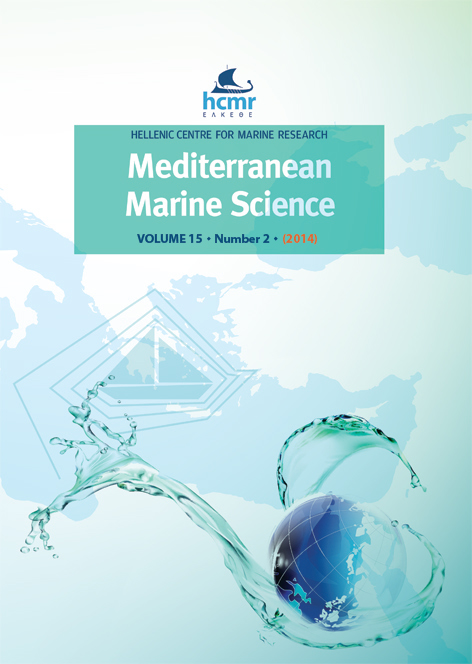Ecosystem dynamics in the Liguro-Provençal Basin: the role of eddies in the biological production.

Abstract
We study numerically the role of mesoscale structures in the Ligurian Sea (NW Mediterranean Sea) as a possible factor affecting the spatial distribution of the chlorophyll spring bloom. We use the Regional Ocean Modeling System (ROMS) configured for the NW Mediterranean Sea (ROMS_NWMed) and satellite derived Altimetric, Sea Surface Temperature and Chlorophyll concentration data, for years 2009 and 2010. Comparison of model output with satellite and in situ data shows agreement between numerical results and observations. There is a significant interannual variability in concentration and distribution of chlorophyll in the basin during the two years of the study. The ROMS_NWMed simulation reveals the formation of a number of mesoscale eddies along the Northern rim Current characterized by a long lifetime and closed streamlines. A significant higher number of eddies is found during the chlorophyll-rich year 2010. The high number of eddies, due to the “eddy pumping mechanism”, generate spatially and temporally localised fluxes of nutrient into the euphotic zone, thus contributing to the fertilization of the Ligurian Sea. Therefore, eddies in the Ligurian rim current can have important effects on the location of development of the main patch of chlorophyll spring bloom and consequently on the local ecosystem dynamics.
Article Details
- How to Cite
-
CASELLA, E., TEPSICH, P., COUVELARD, X., CALDEIRA, R., & SCHROEDER, K. (2014). Ecosystem dynamics in the Liguro-Provençal Basin: the role of eddies in the biological production. Mediterranean Marine Science, 15(2), 274–286. https://doi.org/10.12681/mms.520
- Issue
- Vol. 15 No. 2 (2014)
- Section
- Research Article
Authors who publish with this journal agree to the following terms:
- Authors retain copyright and grant the journal right of first publication with the work simultaneously licensed under a Creative Commons Attribution Non-Commercial License that allows others to share the work with an acknowledgement of the work's authorship and initial publication in this journal.
- Authors are able to enter into separate, additional contractual arrangements for the non-exclusive distribution of the journal's published version of the work (e.g. post it to an institutional repository or publish it in a book), with an acknowledgement of its initial publication in this journal.
- Authors are permitted and encouraged to post their work online (preferably in institutional repositories or on their website) prior to and during the submission process, as it can lead to productive exchanges, as well as earlier and greater citation of published work (See The Effect of Open Access).




